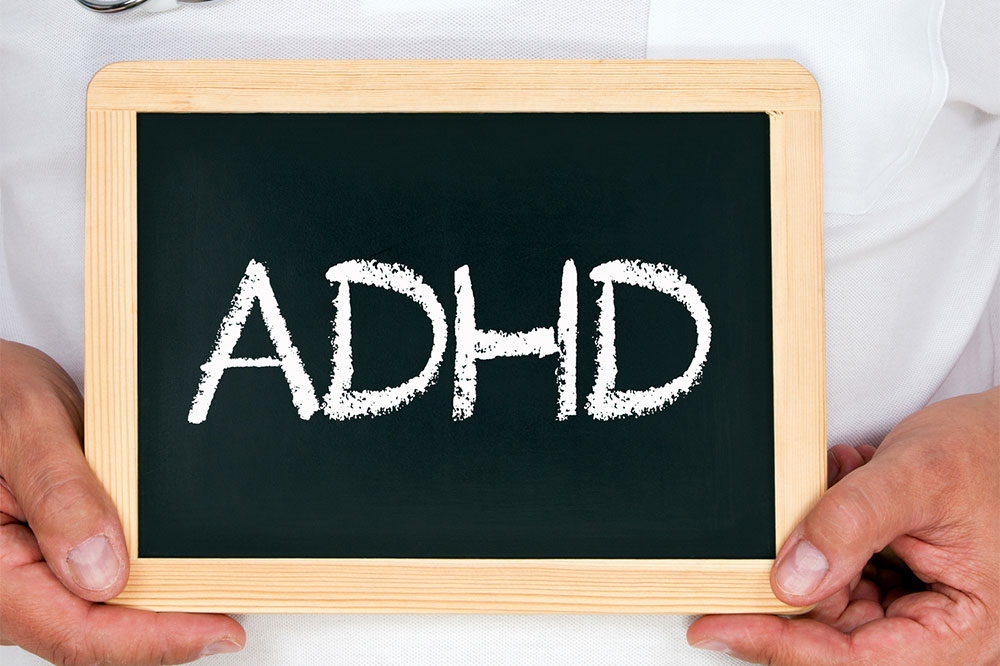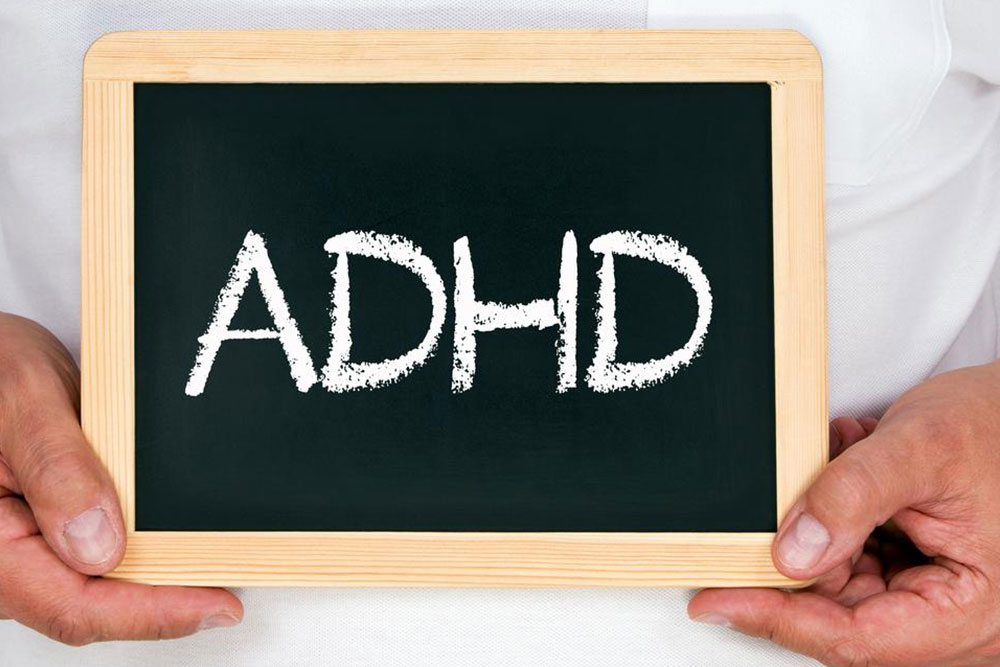Comprehensive Guide to ADHD: Causes, Symptoms, and Effective Management Strategies
This comprehensive guide provides detailed insights into ADHD, exploring its causes, common signs, and effective management strategies. Covering genetic, environmental, and neurological factors, the article emphasizes early diagnosis and personalized treatment approaches, including behavioral therapies, medications, and lifestyle changes. It aims to inform individuals, parents, and educators on how to better understand and support those with ADHD to improve their quality of life. With practical tips and expert recommendations, this article serves as an essential resource for managing ADHD effectively at any age.

An In-Depth Look into ADHD: Understanding Causes, Recognizing Signs, and Exploring Treatment Options
Attention-deficit/hyperactivity disorder (ADHD) is a complex neurodevelopmental condition characterized by persistent patterns of inattention, hyperactivity, and impulsivity. This disorder affects individuals across all age groups, from early childhood through adulthood. Recognizing the signs early and understanding the root causes can lead to more effective management and improve overall quality of life for those affected.
While the precise cause of ADHD is not fully understood, research indicates a combination of genetic, environmental, and neurological factors contribute to its development. The diagnosis relies on established criteria from recognized classification systems such as the Diagnostic and Statistical Manual of Mental Disorders (DSM-5) and the International Classification of Diseases (ICD-10). Interestingly, males are diagnosed with ADHD more frequently than females, though recent studies suggest that females may be underdiagnosed due to different symptom presentations.
Globally, treatment approaches for ADHD vary, influenced by healthcare policies, cultural perceptions, and available resources. Common strategies include behavioral therapy, medication management, educational interventions, and family support systems. An integrated treatment plan tailored to individual needs can significantly mitigate symptoms and help individuals lead more productive lives.
Key Factors Increasing the Risk of Developing ADHD
The primary risk factor is genetics; having relatives diagnosed with ADHD or other neurodevelopmental disorders substantially increases the likelihood of developing the condition.
Exposure to toxins such as lead during pregnancy or early childhood is linked to higher ADHD incidence.
Maternal behaviors during pregnancy—such as smoking, alcohol consumption, and drug use—can negatively influence fetal brain development, increasing risk.
Premature birth or having a low birth weight has also been associated with a higher chance of developing ADHD symptoms later in life.
Traumatic brain injuries, especially affecting the frontal lobes, can trigger ADHD-like behaviors.
Environmental factors, including high exposure to environmental toxins, can contribute to neurological development disruptions.
Recognizing the Signs and Symptoms of ADHD
Cognitive challenges: Struggling with focus, frequent forgetfulness, difficulty completing tasks, and a fleeting attention span.
Emotional and mood-related symptoms: Experiencing boredom, irritability, anxiety, mood swings, and frustration easily.
Behavioral traits: Hyperactivity, impulsivity, agitation, difficulty controlling actions, excessive restlessness, and sometimes aggressive behaviors.
Strategies for Managing ADHD Effectively
Managing ADHD involves a comprehensive approach that combines behavioral interventions, medications, therapy, and educational support. Early intervention is crucial, especially for children, to prevent academic and social difficulties and promote healthier development.
Behavioral therapies, including cognitive-behavioral therapy (CBT), can help individuals develop coping strategies and improve behavioral regulation. Family therapy and parent training are also vital, providing caregivers with tools to support their loved ones effectively. Educational accommodations, such as extended test times and individualized instruction plans, can help children succeed academically.
Medication, particularly stimulant drugs like methylphenidate and amphetamines, is often prescribed to help manage symptoms by regulating brain activity. Non-stimulant medications are also available for those who do not tolerate stimulants well. It’s essential to work closely with healthcare professionals—psychiatrists, psychologists, and pediatricians—to tailor the treatment plan and monitor progress.
In addition, lifestyle changes such as regular physical activity, a healthy diet, adequate sleep, and mindfulness practices can support symptom management. Educational programs and workplace adjustments further assist individuals in functioning more effectively in their daily environments.
Overall, a coordinated treatment approach embracing therapy, medication, and lifestyle modification can dramatically improve outcomes. Many individuals, when diagnosed early and managed appropriately, experience significant symptom reduction, leading to improved relationships, academic success, and quality of life. The importance of early detection cannot be overstated, with ongoing support being key for maintaining progress throughout life stages.





